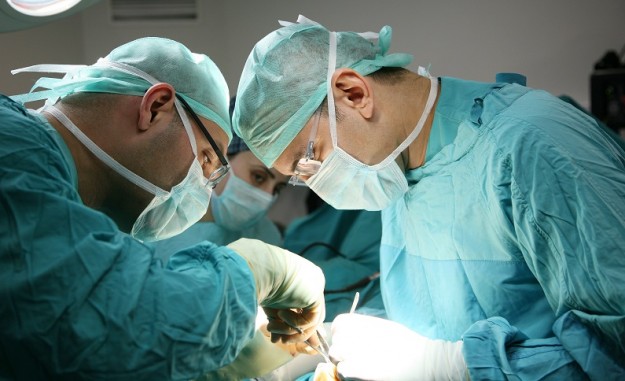On May 11, 2016, Pacifica Salud Hospital Punta Pacifica made history by performing the first successful heart transplant in Panama.
For the two years leading up to this event, Johns Hopkins Medicine International (JHI) worked with our affiliate Pacifica Salud behind the scenes, providing guidance in clinical programs, staff development, quality and patient safety.
As part of the clinical program support JHI provides, we collaborated with the hospital to design the transplant initiative and to identify the training needed to cover the care cardiac transplant patients need.
JHI medical director Dr. Barbara Cook worked closely with Pacifica Salud’s chief medical officer, Dr. Antonio Cachafeiro, and our onsite clinical experts helped the hospital gear up for the transplantation—all in all, they held 51 meetings in preparation.
We delivered two cardiac transplant educational sessions with members of the cardiac transplant team from The Johns Hopkins Hospital. We even recorded the sessions so Pacifica Salud could use the training to prepare teams for future transplants.
And a pathologist from Pacifica Salud trained at Johns Hopkins’ Department of Pathology on how to read cardiac pathology samples to help prevent organ rejection. This is particularly important because heart transplant patients require as many as 20 biopsies in the first year after surgery to ensure the donated heart’s tissue remains healthy.
In early May 2016, a donor heart in Panama was matched to a 52-year-old woman with a severely diseased heart muscle. The transplant surgery took five hours and the support of more than 40 health professionals at Pacifica Salud, but the outcome was a success. The heart recipient’s body accepted the organ, and she is doing well. Pacifica Salud even performed a second transplant in June 2017.
This is a terrific success story. But, while we average 20 heart transplants a year at Johns Hopkins, successful transplantation is far from routine.
Through our global affiliations, we work closely with our clinical and nonclinical colleagues to share the knowledge that will enable them to provide patients with local, life-saving surgeries—close to home, family and follow-up care.
